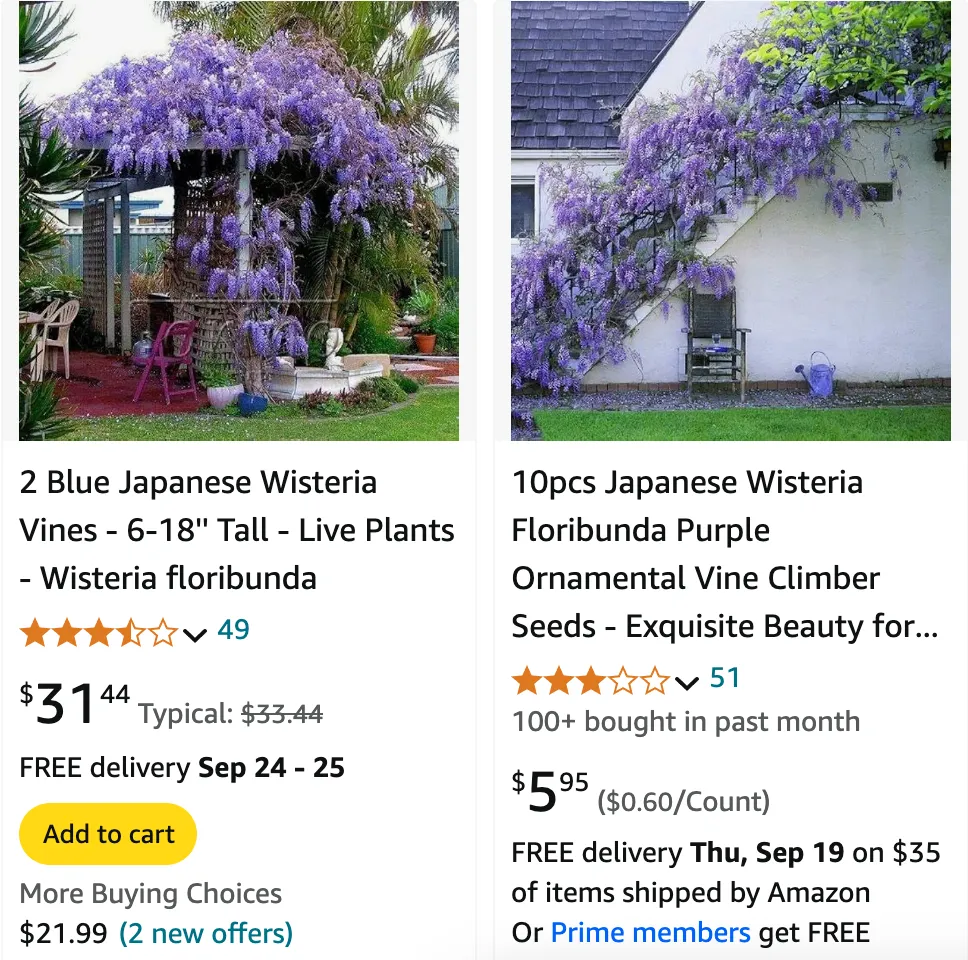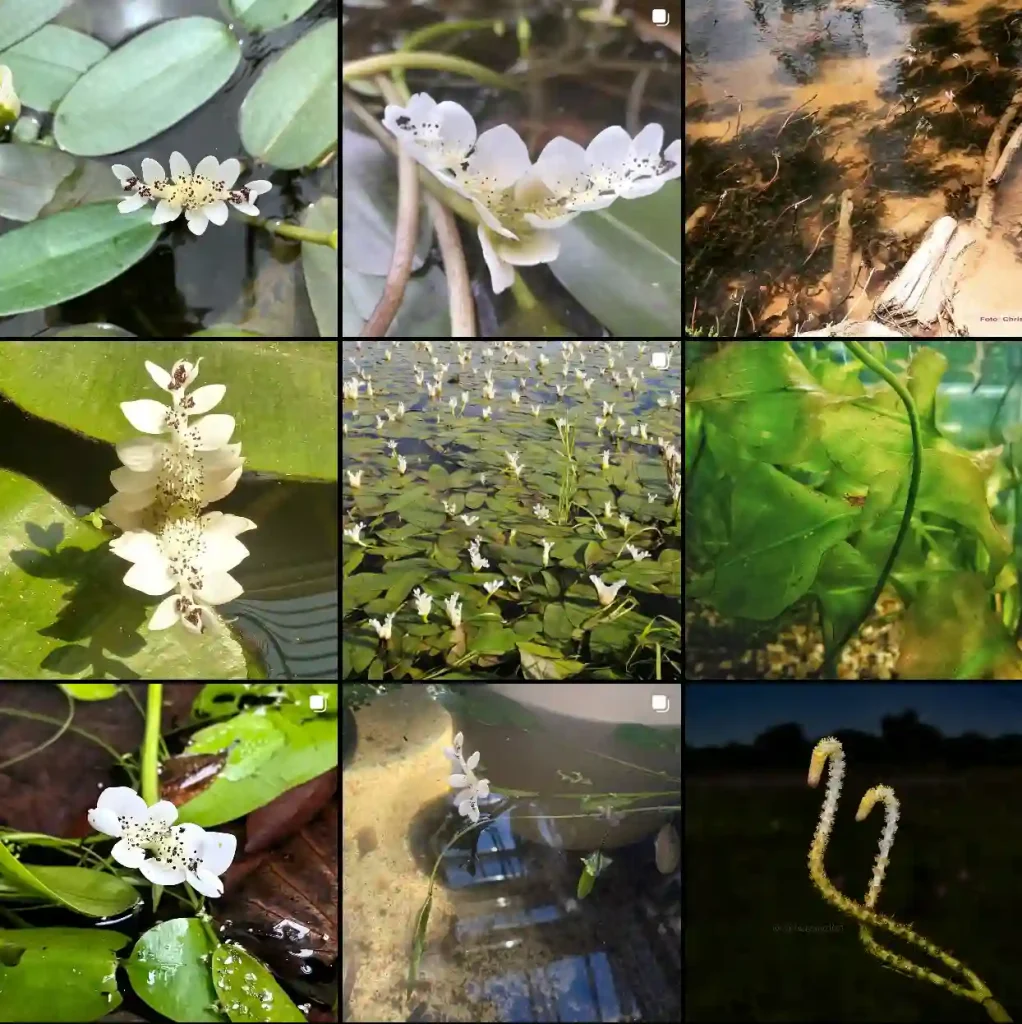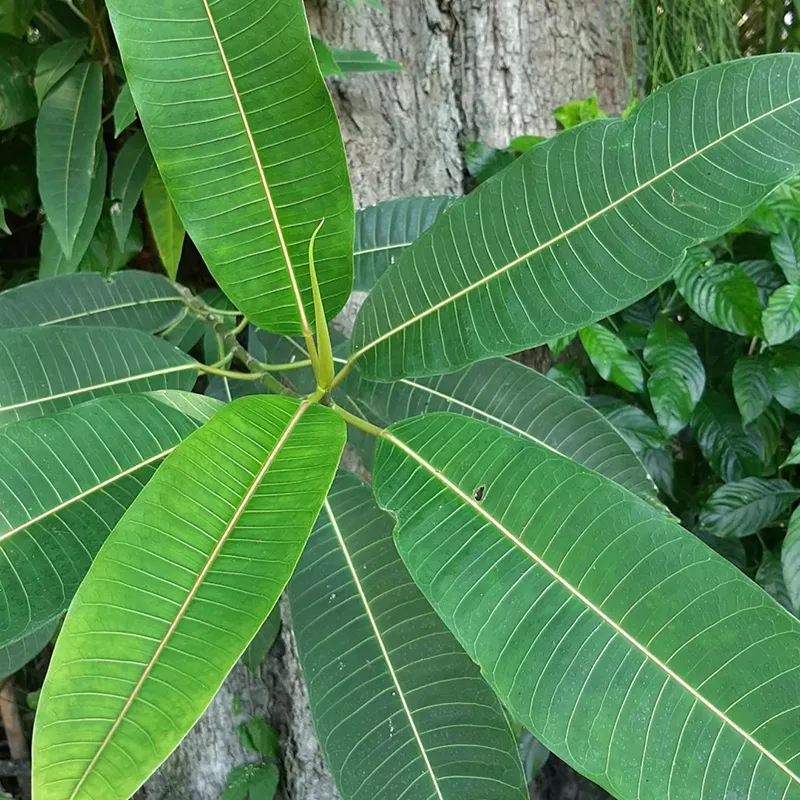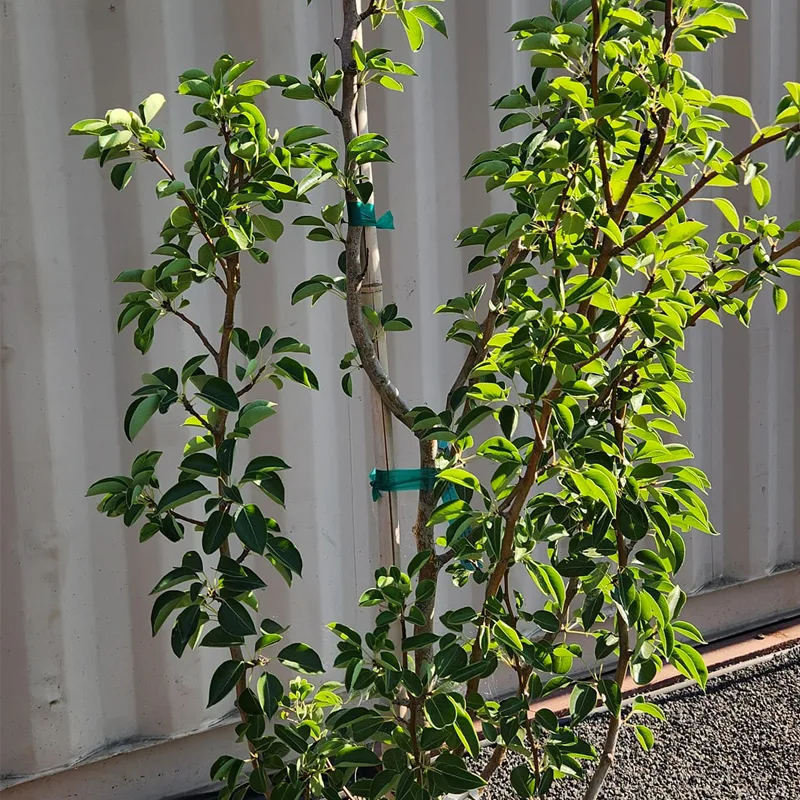
FAQs About Wisteria Floribunda
As an avid gardener with a penchant for beautiful and robust plants, I’ve found Wisteria Floribunda to be one of the most captivating options. With its cascading clusters of lavender blooms, this vine can transform any garden into a floral wonderland. However, this plant can also raise a few questions among gardeners. Here, I’ll tackle some of the most common FAQs about Wisteria Floribunda, offering insights based on my own experiences and research.
4 Species in Genus Wisteria
What is the Difference Between Wisteria Floribunda and Sinensis?
Wisteria Floribunda and Wisteria Sinensis are two popular species of wisteria, and while they share similarities, they have distinct differences.
Wisteria Floribunda, often known as the Japanese Wisteria, is renowned for its long, pendulous clusters of flowers that can reach up to 30 inches in length. It blooms later than Wisteria Sinensis and has a more gradual flowering period. The flowers typically come in shades of lavender, white, or pink.
Wisteria Sinensis, or Chinese Wisteria, tends to have shorter flower clusters, generally around 12 inches long. It blooms earlier in the season and has a more vigorous growth habit compared to Floribunda. Sinensis flowers are usually a more intense purple-blue color.
Can Wisteria Floribunda Grow in a Pot?
Absolutely, Wisteria Floribunda can grow in a pot, but there are a few things to consider. The pot should be large enough to accommodate the plant’s extensive root system. A container that’s at least 18 inches in diameter is a good starting point. Make sure to use a well-draining potting mix and provide a sturdy trellis or support structure, as Wisteria is a vigorous climber. Regular watering and occasional feeding will also help your potted Wisteria thrive.
How to Plant Wisteria Floribunda Seeds?
Planting Wisteria Floribunda seeds requires patience and a bit of care. Here’s a step-by-step guide based on my own planting experiences:
- Stratify the Seeds: Wisteria seeds need a period of cold stratification to break their dormancy. Place the seeds in a damp paper towel and store them in the refrigerator for about 30 days.
- Prepare the Soil: After stratification, plant the seeds in a well-draining seed-starting mix. Sow the seeds about 1 inch deep.
- Water and Maintain: Keep the soil moist but not waterlogged. Place the pots in a warm, sunny location or under grow lights.
- Transplant: Once the seedlings are large enough to handle and have developed a few sets of true leaves, they can be transplanted into larger pots or directly into the garden.
Is Wisteria Floribunda Hondeni Invasive?
Wisteria Floribunda, including the Hondeni variety, is known for its vigorous growth and can become invasive if not managed properly. It tends to spread quickly and can potentially outcompete other plants. In some regions, it’s classified as invasive because it can aggressively cover structures and natural landscapes. Regular pruning and maintenance are crucial to keep its growth in check and prevent it from becoming problematic.
When Does Wisteria Floribunda Bloom?
Wisteria Floribunda typically blooms in late spring to early summer. The exact timing can vary depending on your climate and growing conditions. In general, you can expect to see the first blooms around May or June, with the flowering period lasting several weeks. The plant’s blooming season might be slightly extended if the weather conditions are favorable.
Where to Buy Wisteria Floribunda?
You can find Wisteria Floribunda at a variety of places. Local nurseries and garden centers often carry it, especially during the spring planting season. For those looking for specific varieties or more options, online plant retailers and specialty wisteria growers offer a wide selection. Make sure to buy from reputable sources to ensure you’re getting healthy, quality plants.
Wisteria Floribunda vs Sinensis
As mentioned earlier, the choice between Wisteria Floribunda and Sinensis often comes down to blooming habits and growth preferences. If you want a wisteria that blooms later and has longer flower clusters, Floribunda is a great choice. On the other hand, if you prefer an earlier bloom with shorter, more compact flower clusters, Sinensis might be more suitable. Both have their charm and can be beautiful additions to any garden, depending on your aesthetic and space requirements.
How to Care for Wisteria Floribunda?
Caring for Wisteria Floribunda involves regular pruning, adequate watering, and proper feeding. Prune the plant in late winter or early spring to remove any dead or overgrown branches and to encourage new growth. Wisteria thrives in full sun and requires well-drained soil. Regular watering is important, but be cautious not to overwater, as this can lead to root rot. Fertilize the plant with a balanced fertilizer in early spring to promote healthy growth and flowering.
Can You Grow Wisteria Floribunda Indoors?
While Wisteria Floribunda is typically grown outdoors, it can be grown indoors with the right conditions. You’ll need a large container, ample light (preferably from grow lights), and sufficient space for the vine to climb. Indoor growth can be challenging due to the plant’s size and the amount of light it requires, but with proper care, it can thrive indoors.
Is Wisteria Floribunda Toxic?
Wisteria Floribunda is considered toxic if ingested. The seeds and pods, in particular, contain compounds that can cause nausea, vomiting, and diarrhea. It’s important to keep the plant out of reach of children and pets to avoid accidental ingestion.
Benefits of Wisteria Floribunda
Aside from its stunning floral display, Wisteria Floribunda offers several benefits. It can create a beautiful, cascading effect when grown over arbors or trellises, making it a perfect choice for garden structures. Its dense foliage also provides excellent coverage, which can help create shaded areas in your garden.
Common Problems
Some common issues with Wisteria Floribunda include fungal diseases like powdery mildew and leaf spot. Regular inspection and proper ventilation can help prevent these problems. Additionally, poor flowering can result from inadequate sunlight or improper pruning, so ensure you’re providing the right conditions for optimal bloom.
By addressing these FAQs, I hope to have clarified some of the common concerns about Wisteria Floribunda. Whether you’re planning to add this beautiful vine to your garden or just curious about its care, I believe that understanding these aspects will help you enjoy its enchanting blooms to the fullest.
If i die, water my plants!



